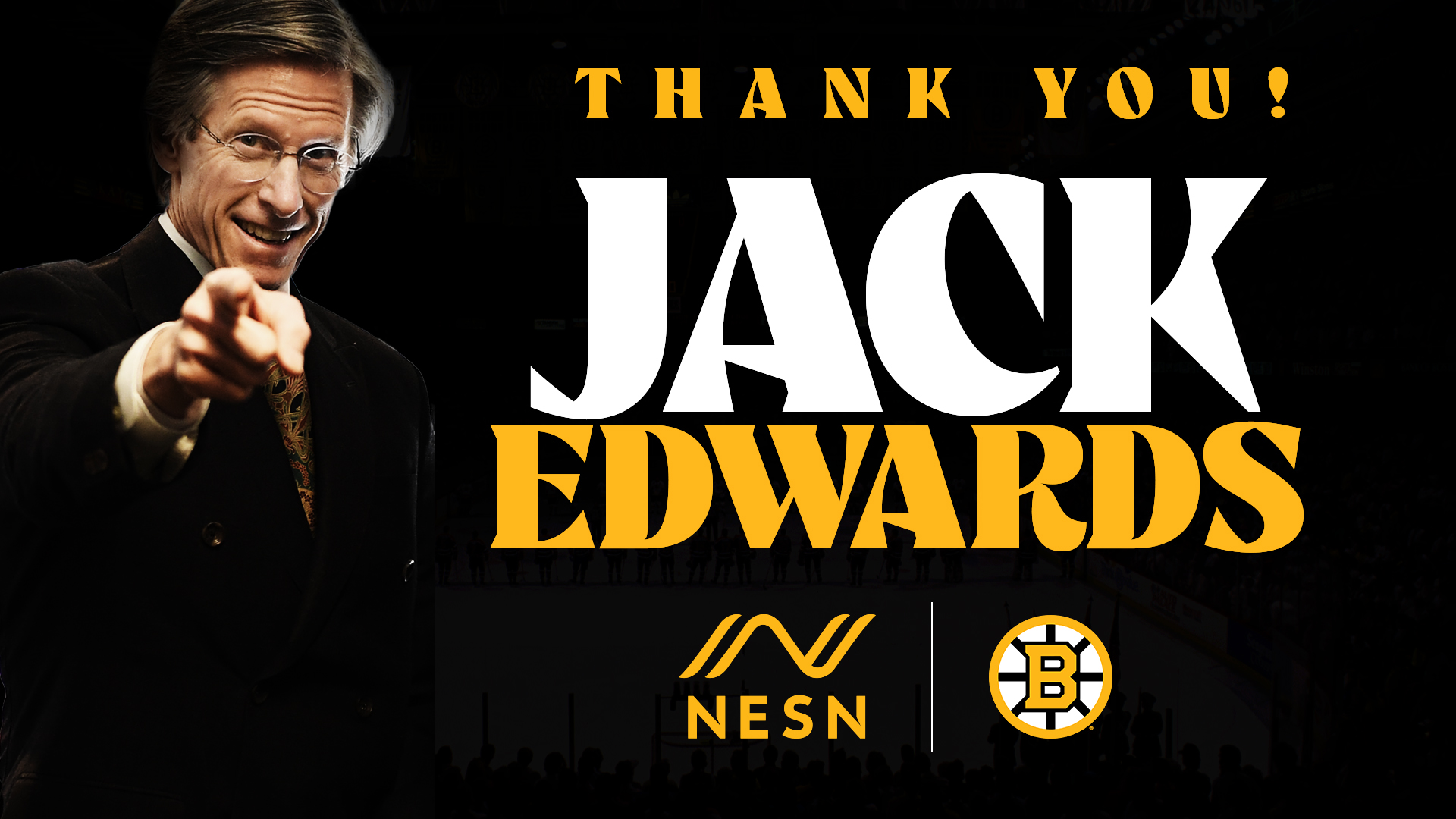It’s time to take out the rubbish on the Marc Savard trade rumor. Until someone gets an NHL management name attached to a quote saying that the Bruins are making offers that include Savard, this “story” is literally unbelievable. That is, no one should believe it.
Consider the following, and if you find any of the following points to be false, then blow up the argument that this rumor is a mere sticky-weather distraction while waiting for training camp to begin.
- Peter Chiarelli is a very conservative “stick to the plan” guy. He didn’t risk resources at the 2009 trading deadline because he liked what he had more than what he thought was out there. He gave up only Matt Lashoff, Martins Karsums, and Petteri Nokelainen when the rumor mill had Phil Kessel and several other leading contributors on the block. He later let Kessel walk because it would have meant blowing up the plan after the team had made commitments to David Krejci and Milan Lucic. He fielded dozens of offers but wanted either Taylor Hall or Tyler Seguin and got his young stud for the future. There are many more examples. His patience can drive people nuts, but he has established a stable and steady course as the cornerstone of his managing philosophy.
- Chiarelli learned from observing the Joe Thornton trade. The team that gets the best player wins the trade. If Mike O��Connell hadn’t mismanaged it with his private and limited auction, Chiarelli might not ever have had the chance to be the GM in Boston.
- Chiarelli experienced the pain of lack of depth at center. When Mike Richards dislocated Krejci’s wrist last spring, the EKG went flat-line. Without a healthy Savard, the Bruins proved that they were one injury away from being a team that could not win a single playoff game against a second-round opponent.
- Chiarelli saw how bad the power play was without Savard last winter. Comparing games with and without Savard, the Bruins produced nearly three times as many power play goals per game with him than without him. They went on the man-advantage one time per game more with Savard than without him (consider all the collateral factors with distribution of ice time, pressure on an opponent’s best defensemen, momentum in a game, etc. that go well beyond actual power play goal production).
- The Bruins were a vastly better team with Savard than without him. Pro-rated over 82 games, the Bruins were a 98-point team when Savard could get into the lineup — which he did just 41 times (40, really, as he skated just the first shift of the Chicago game). Ninety-eight points would have been good for fifth in the East, just three points out of home ice in the first round. Without Savard, the Bruins were pro-rated as an 80-point team, sixth-worst in the NHL and very nearly in the Tyler/Taylor sweepstakes on their own,without the Maple Leafs’ draft pick.
- Chiarelli, as much as many would like to insinuate, is not getting sub-cap budget demands from the Jacobs family. Glen Murray, Peter Schaefer and Patrick Eaves all got dead money so the Bruins could find a way around the cap. And that adds up to millions. Chiarelli is holding a motivational hammer over the team’s head on the eve of this season — the obvious threat that he has to trim $3.087 million off the payroll the minute that Marco Sturm returns from long term IR. That means, although he hasn’t said it publicly, the nuclear option of being able to waive someone like Michael Ryder (and $4 million worth of non-escrowed dead money pro-rated over what’s left of the season) to Providence. The Bruins not only have spent to the cap, their actions prove that they are challenging its loopholes with their maneuvers.
All true? I believe so. Certainly I am willing to listen to other viewpoints, but let’s not let an anonymous August rumor engage us in rampant speculation when there are a lot of reasons not to believe the rumor’s veracity.
If Chiarelli is going to trade Savard, he is not going to do it merely to dump salary. He is going to have to offset the loss in productivity by getting someone truly substantial in return. Every Bruins fan is excited about Seguin, but let’s be realistic — does anyone expect Seguin to play center against the top defensive pair on every shift for 82 games and then for eight more weeks in the playoffs and be as productive as Savard? If you do, please go to a compulsive betting website and put your mortgage on the line. And buy a tent.
Can Krejci be a No. 1 center and take up the Savard slack? We haven’t seen it for a full season. While Krejci has lit it up for the short term, a significant part of his productivity has come from Savard occupying the top defensive pair and allowing Krejci to work his magic against less-threatening defensemen.
Looking for a peer group in productivity and cap hit, we considered Savard’s consistency and his cost. We took the Top 20 NHL centers (in points) from last season and averaged their points per game over the last four years. We injected Savard into this 2010 points leaders group — and then dropped the bottom seven guys because their points-per-game over four years weren’t in the same arena. Here’s where Savard stacked up:
| Rank | Player | PPG over last four seasons |
| 1. | Sidney Crosby | 1.39 |
| 2. | Evgeni Malkin | 1.23 |
| 3. | Joe Thornton | 1.18 |
| 4. | Pavel Datsyuk | 1.09 |
| 5. | Marc Savard | 1.057 |
| 6. | Henrik Sedin | 1.055 |
| 7. | Nicklas Backstrom | 1.048 |
| 8. | Vincent Lecavalier | 1.04 |
| 9. | Ryan Getzlaf | 0.98 |
| 10. | Paul Stastny | 0.96 |
| 11. | Eric Staal | 0.93 |
| 12. | Brad Richards | 0.92 |
| 13. | Anze Kopitar | 0.89 |
| 14. | Steven Stamkos | 0.88 |
That’s right. Among centers (no, Alex Ovechkin doesn’t take face-offs or play much defense), Savard ranks behind Sidney Crosby (I don’t think he’s available), Evgeni Malkin (do you want him without Crosby occupying the big boys?), Jumbo Joe (didn’t see him at the parade) and Pavel Datsyuk (Ken Holland might want to hang onto him for awhile). Savard is ahead of current Hart and Ross winner Henrik Sedin, Nicklas Backstrom (Ovechkin’s running buddy), and Vincent Lecavalier. That is truly elite production.
So what would it cost to give up Savard? As the real estate agents say, do some research on the “comparables.” Here are those 14 point-per-game leaders in terms of their salary cap hits for the coming season:
| Rank | Player | 2011 Cap Hit (in millions) |
| 1. | Sidney Crosby | 8.7 |
| 2. | Evgeni Malkin | 8.7 |
| 3. | Eric Staal | 8.2 |
| 4. | Brad Richards | 7.8 |
| 5. | Vincent Lecavalier | 7.7 |
| 6. | Joe Thornton | 7.2 |
| 7. | Anze Kopitar | 6.8 |
| 8. | Pavel Datsyuk | 6.7 |
| 9. | Nicklas Backstrom | 6.7 |
| 10. | Paul Stastny | 6.6 |
| 11. | Henrik Sedin | 6.1 |
| 12. | Ryan Getzlaf | 5.3 |
| 13. | Marc Savard | 4.0 |
| 14. | Steven Stamkos | 3.7 |
It’s easy to do the subtraction and trade Savard by invented rumor (and anonymous rumors have the beauty of being able to conceal someone’s hidden agenda, don’t they?). But why make this kind of deal? To clear cap space? Is that the way Chiarelli or the 2010 Bruins operate?
Apply some rational thought to this argument: The Bruins have a Top 5 point producer at center, who — in his peer group — costs the team more than only one player, and that player is in a severely-limited entry-level contract (gee, do you think Steven Stamkos’ cap hit will increase soon?). The most logical conclusion from all of this is not that the Bruins are trying to peel away from Savard’s contract but rather that they may have the NHL’s best bang-for-the-buck center as their No. 1.
Peter Chiarelli’s ability to play hockey certainly helped him get into Harvard, but it didn’t get him into law school, it didn’t help him pass the bar, it didn’t get him the assistant GM’s job in Ottawa and it didn’t get him the GM’s job in Boston. He was a smart guy then. He’s a smart guy now. Do you really think he is going to contradict his very clear and stable course of action over the last four years with the kind of move that could derail his team and ultimately cost him his job? If you do, then believe the rumor.
If not, congratulations on using your mind. See you at the rink for training camp. I’m guessing that Marc Savard will be there.


